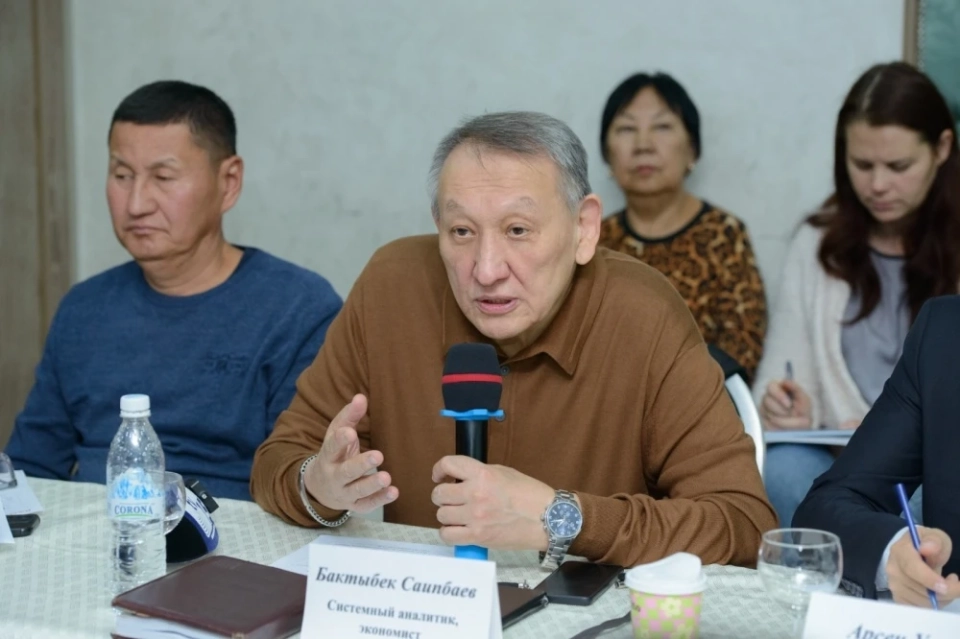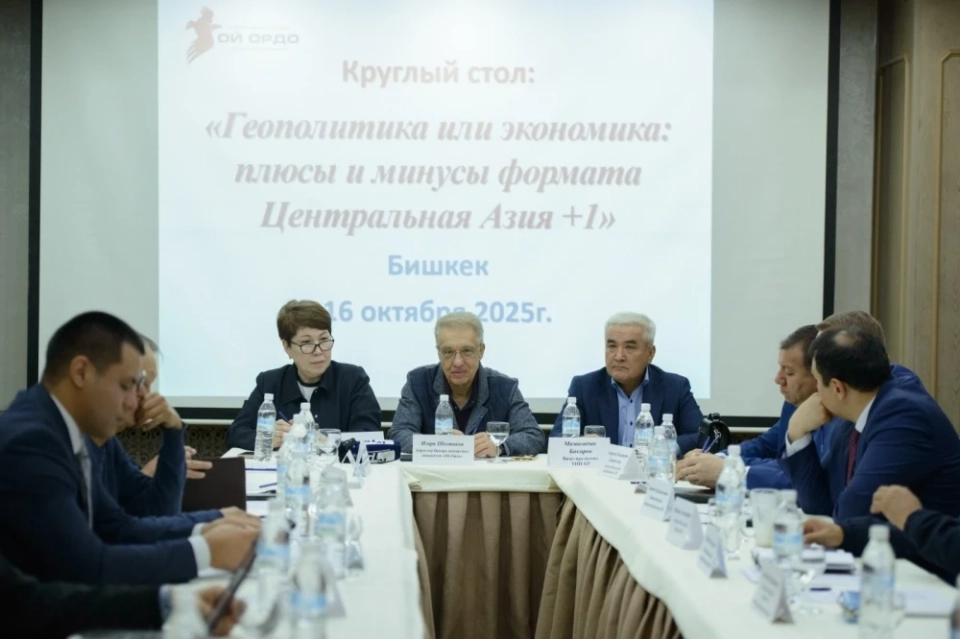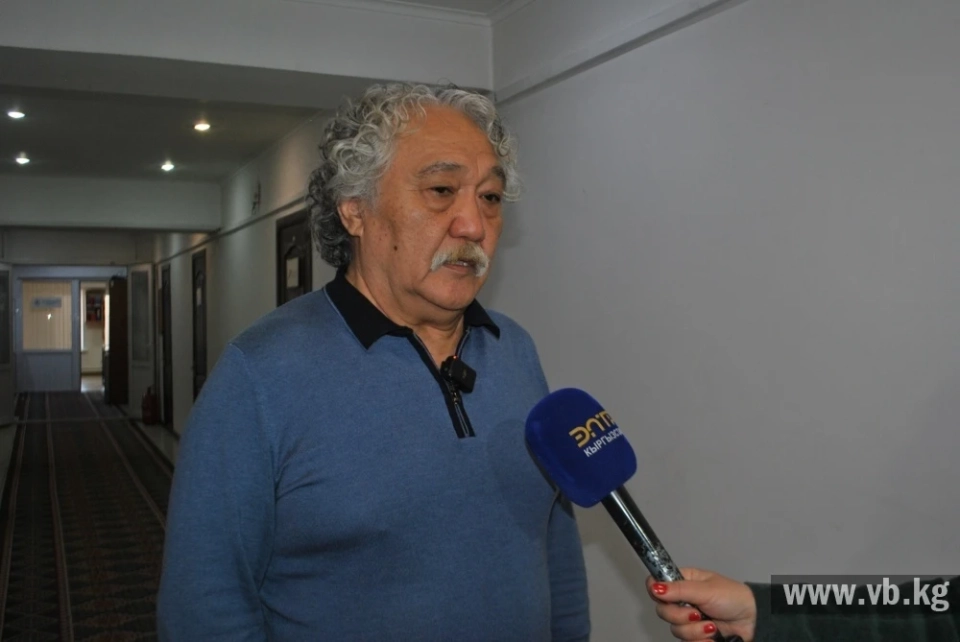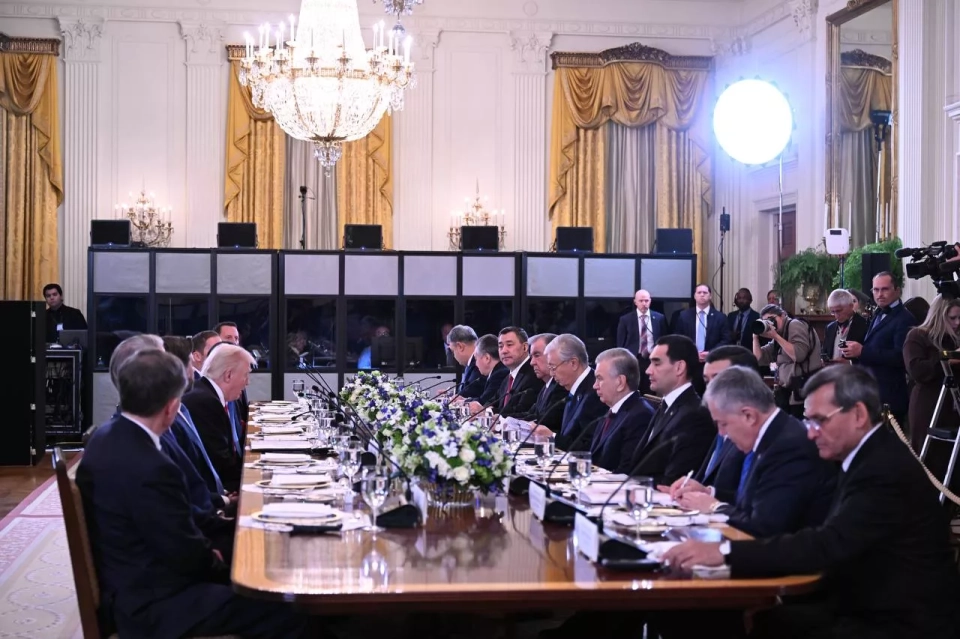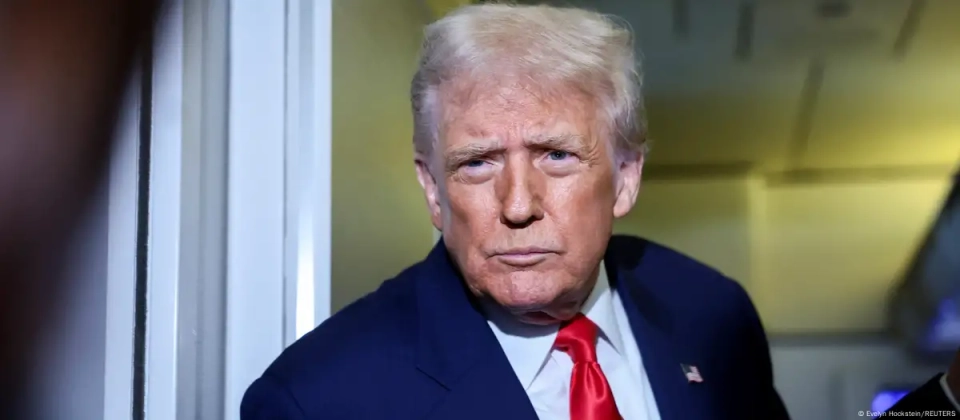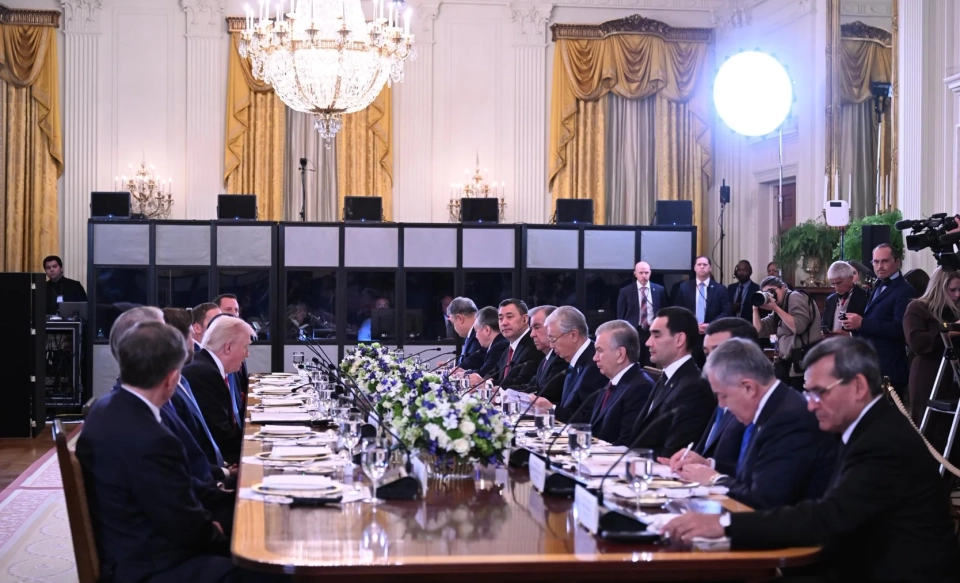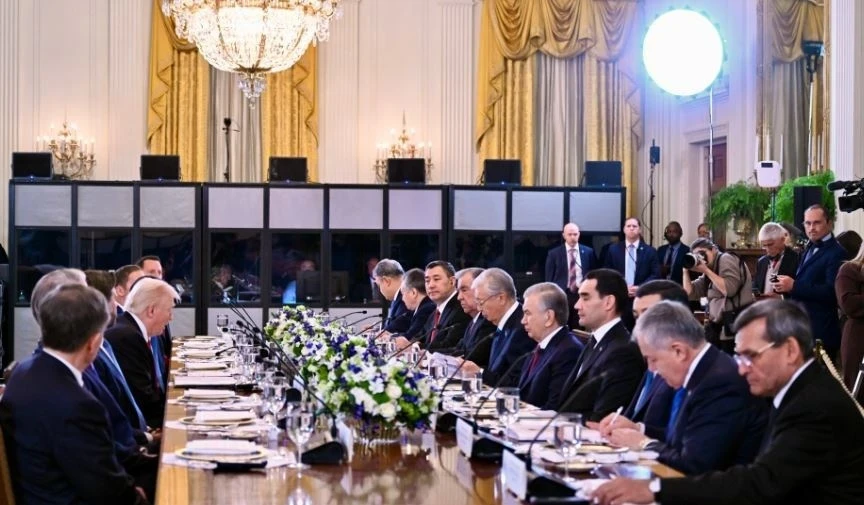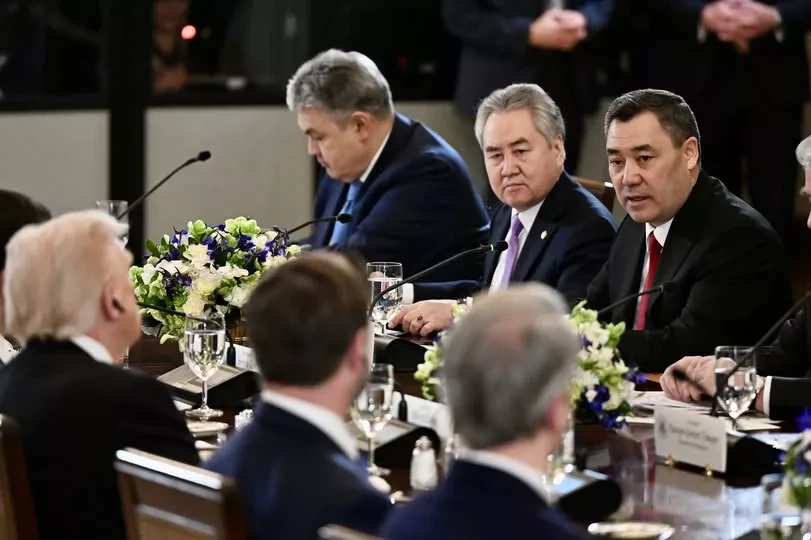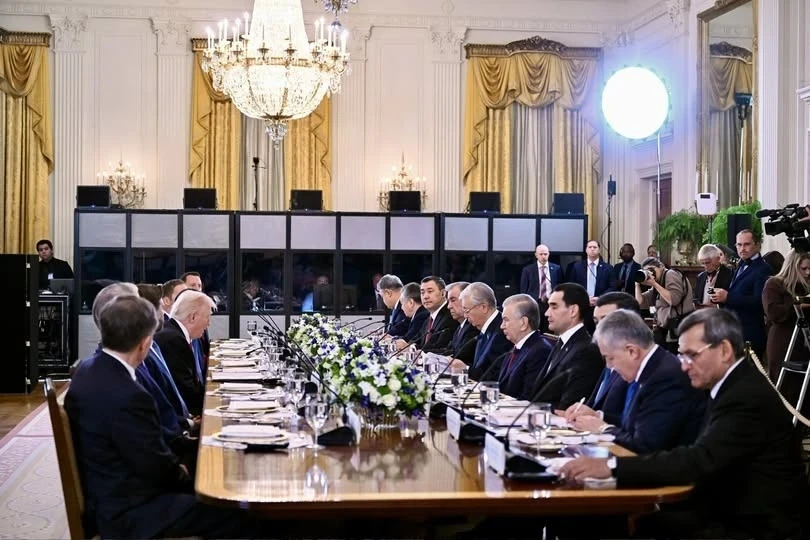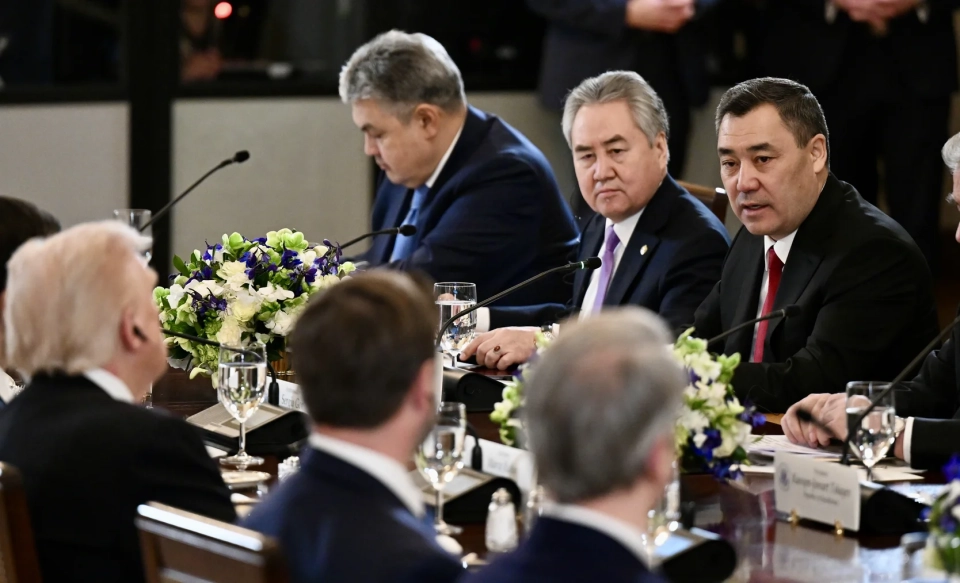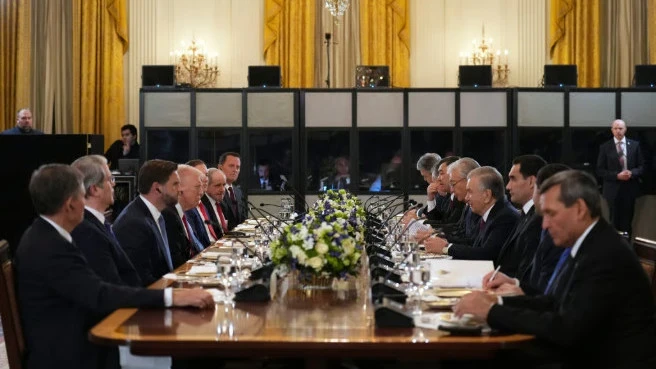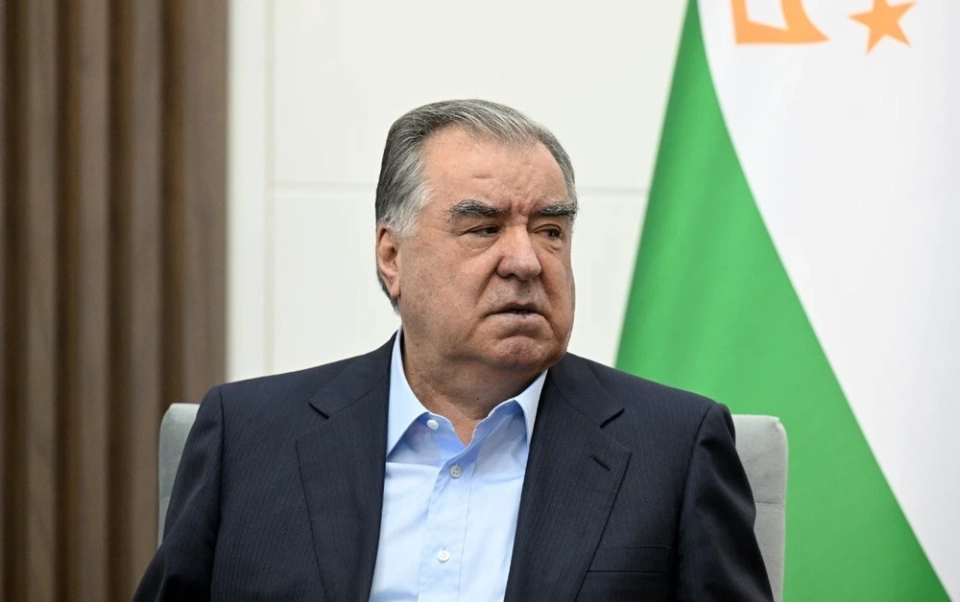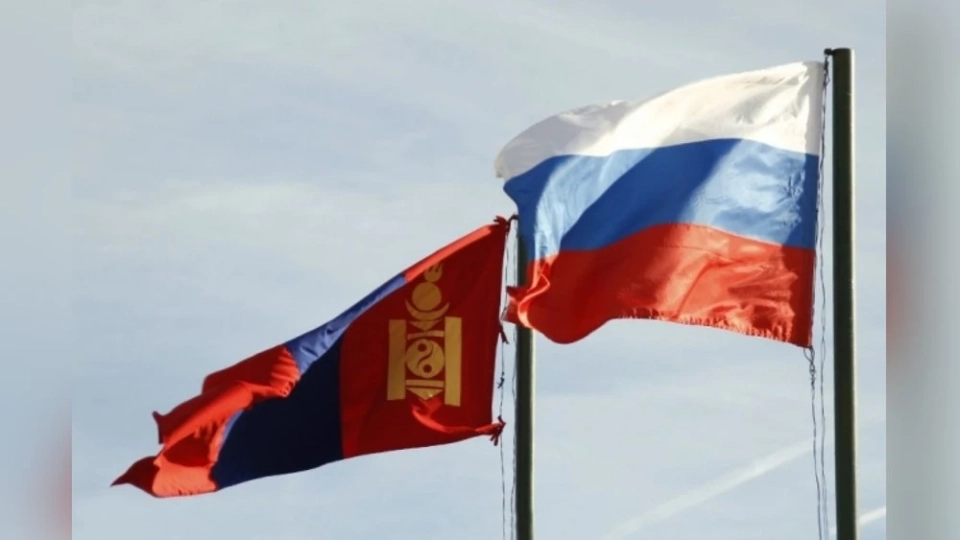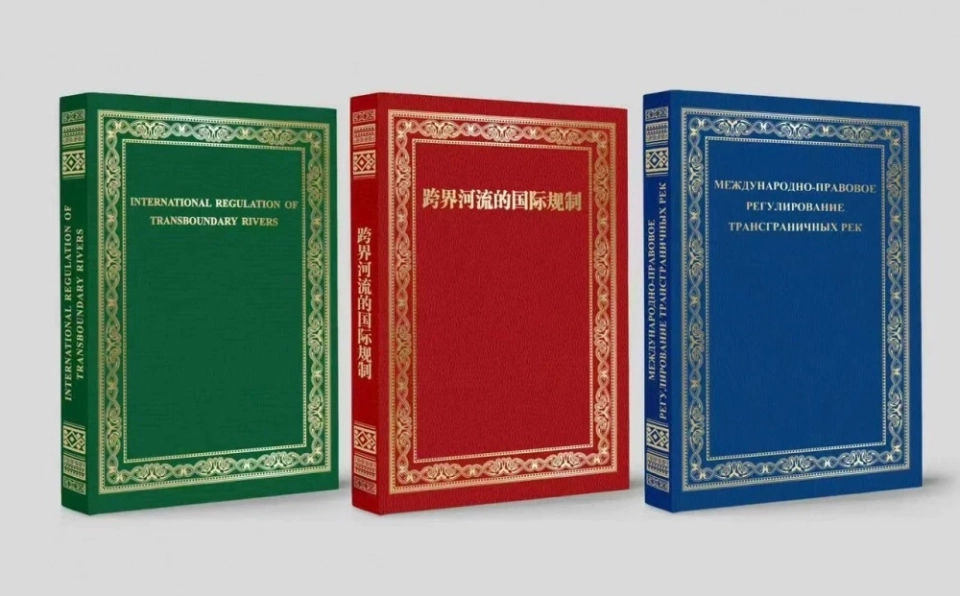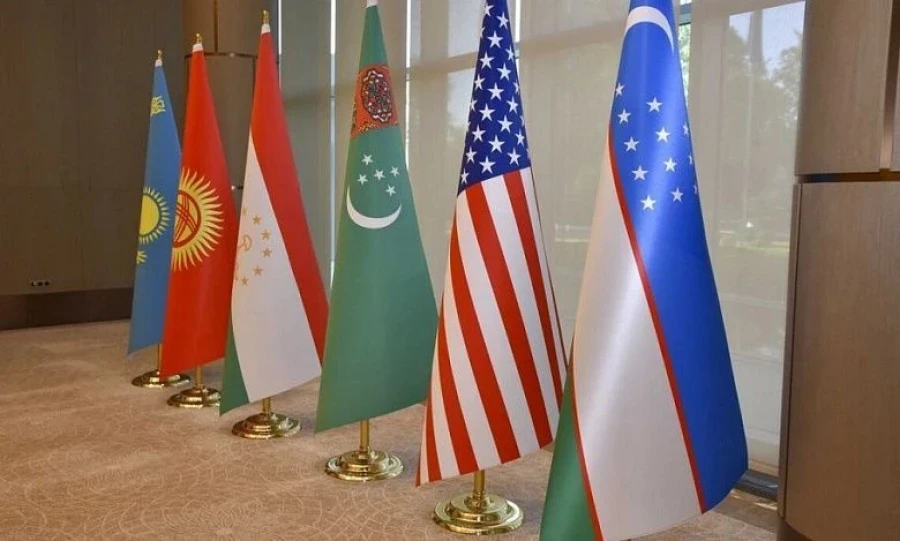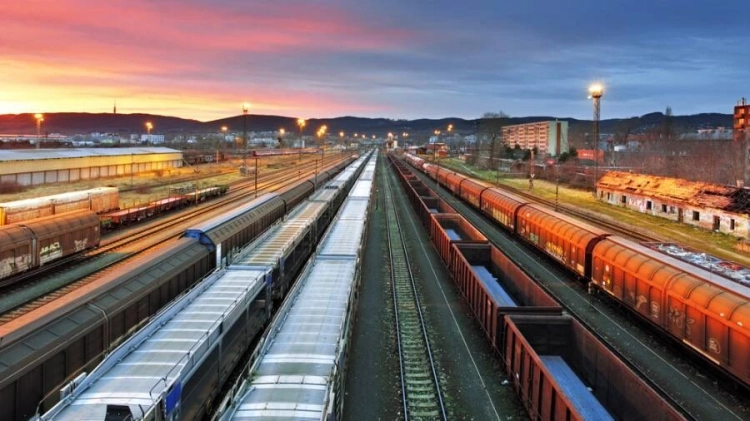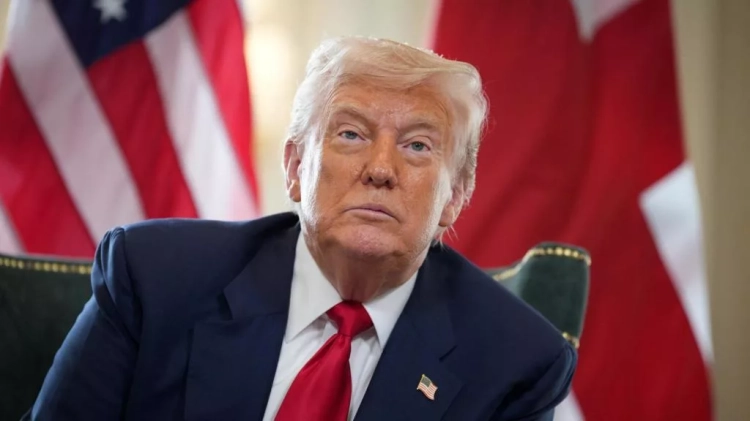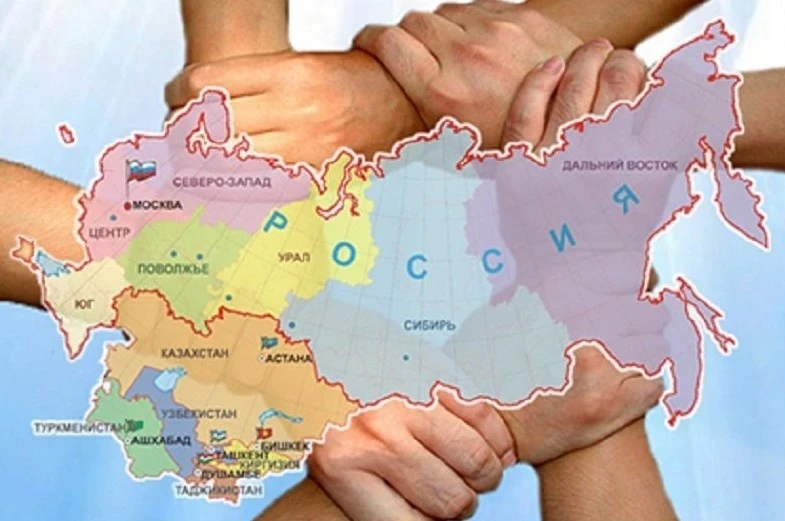
Dosaliev also emphasized that Western experts view our region as a weak point for Russia: "Central Asia has long been considered the soft underbelly of the Russian Federation, and it is here that the collective West is trying to identify vulnerabilities in both Moscow's and Beijing's defenses. For Russia, this is access to the Urals, the Caspian Sea, and Siberia, while for China, it is the Xinjiang Uyghur Autonomous Region, which borders our territories. As a result, Central Asia is becoming a battleground for the interests of leading world powers."
The West does not hesitate to use various methods of influence: from soft power, including Soros funds, to open provocations and the activation of radical groups. The main goal is to destabilize society and undermine unity, which threatens its hegemony.
Dosaliev recalled the terrorist attack in the Iranian port of Bandar Abbas, which occurred shortly after discussions about a transport corridor between China, Iran, and Russia. This event demonstrates how political pressure is supported by hybrid warfare methods.
The expert noted that today the region plays a strategic role: "Our lands provide transport links between Russia, China, and Iran - Moscow's key allies. This triangle, in which we are at the center, is the key to a new geopolitical architecture. As Bismarck said, geography is destiny. We must take this into account in our decisions."
However, these are not one-sided relations, but bilateral cooperation, as Russia is one of the largest investors in the region's economies and actively develops industrial and energy partnerships, investing in both material resources and human capital. Therefore, further development and integration for the "C5" format should be based not on external influence, but on our own resources and experience.
Beishenov, former First Deputy Minister of Defense of Kyrgyzstan and a candidate of philosophical sciences, continued Dosaliev's thought, emphasizing that the "C5 + 1" format did not appear by chance: "The union is beneficial for all parties. The more diplomacy, the better. To date, the real partners of the region remain Russia, China, and partially India, while America shows selective interest, focusing on Kazakhstan and Uzbekistan."
In his opinion, in matters of security, Central Asian countries have no alternative to Russian influence: "Neither the USA, nor China, nor Turkey can guarantee protection for our region. Only Russia and the CSTO are truly addressing security issues. Without Russia, stability in the region is impossible. Let the West threaten with sanctions; real support comes from Moscow."
Therefore, Beishenov emphasizes the importance of continuing the course towards proven integration platforms such as the CSTO, EAEU, SCO, and CIS: "These organizations ensure development and security. It is better to have small but real support than to dream of something unattainable. We must extract maximum benefit for Kyrgyzstan and incorporate this approach into the sustainable development strategy until 2040. And, of course, we should strive to join BRICS."
Kaldan Ernazharova, director of the Public Foundation "Institute for the Development of Public Relations of Central Asian Countries," highlighted the growing interest of Western countries in the region: "Relations built on the Central Asia + USA, EU, or Japan format are aimed at weakening our traditional ties with Russia and China. The West does not act as a partner but rather imposes its conditions and values in a mentor-like manner. It is important for them to control the space where the interests of Russia and China intersect."
From an economic perspective, the region is much more closely linked to Russia, which is not only a geographical but also a historical fact: "The 'One Belt, One Road' project is a continuation of centuries-old relations. The EAEU is a logical development of the economic ties that existed since the Soviet era. Cooperation with Moscow brings concrete results, while from the West, we receive only advice and pressure. They do not create production or share technologies. Unlike the West, Russia and China offer mutually beneficial cooperation."
This position is also reflected in the final communiqué of the summit, which emphasizes the commitment to a multipolar world, ensuring security, preserving the cultural identity of the participating countries, and striving for long-term partnership. It is in unity that the strength of Eurasian countries lies and the hope to protect their uniqueness from the influence of pro-Western ideology.

